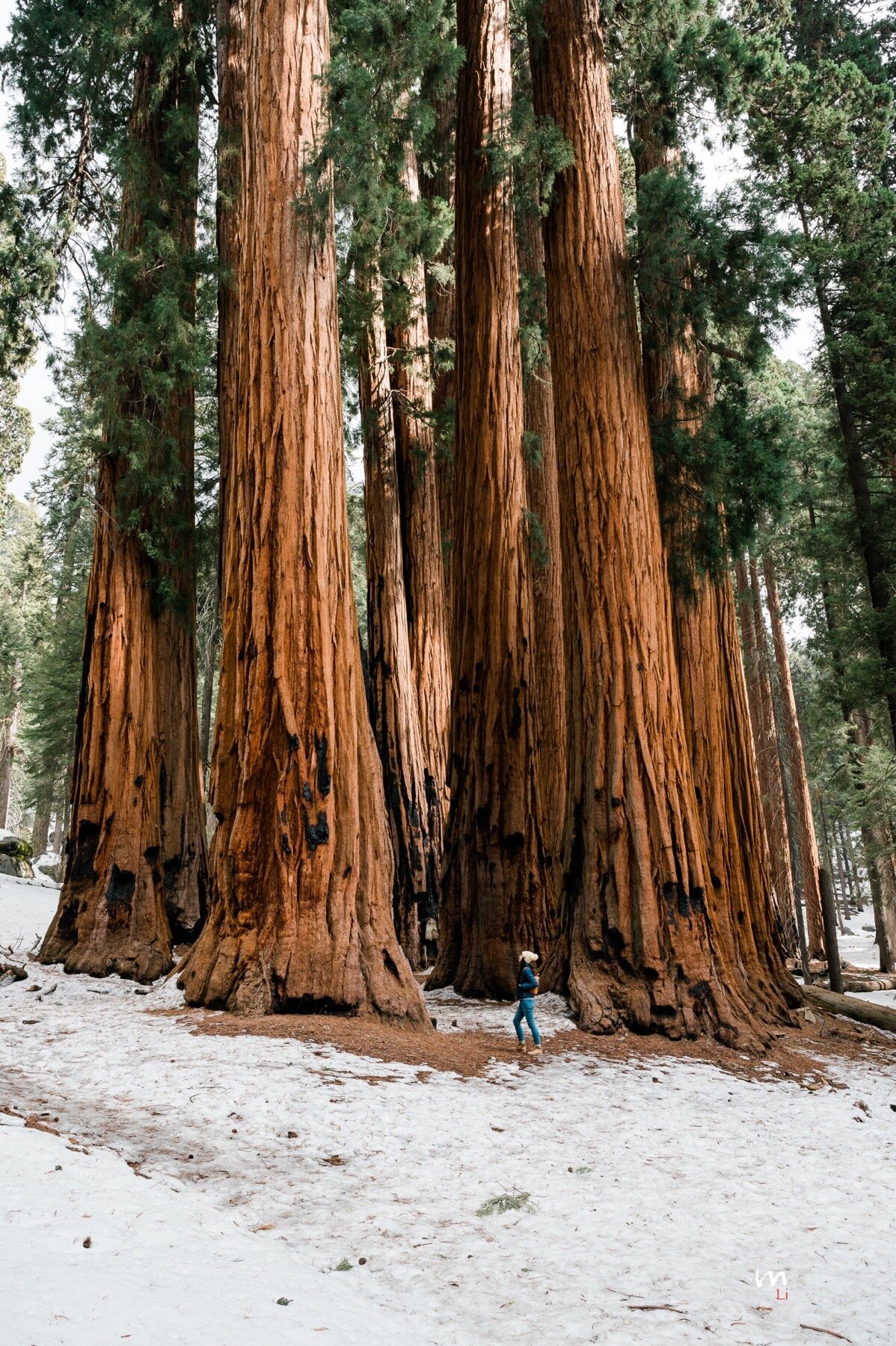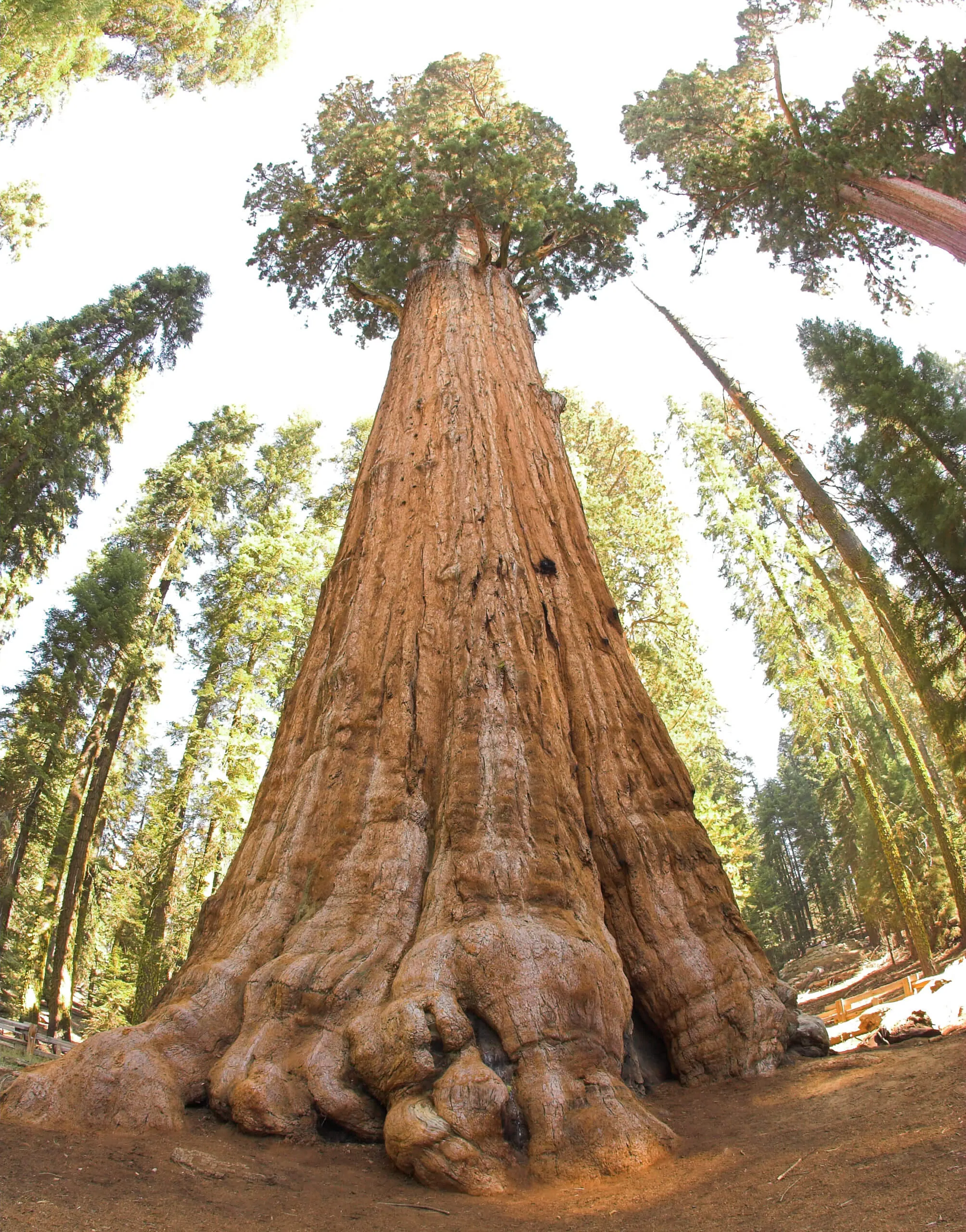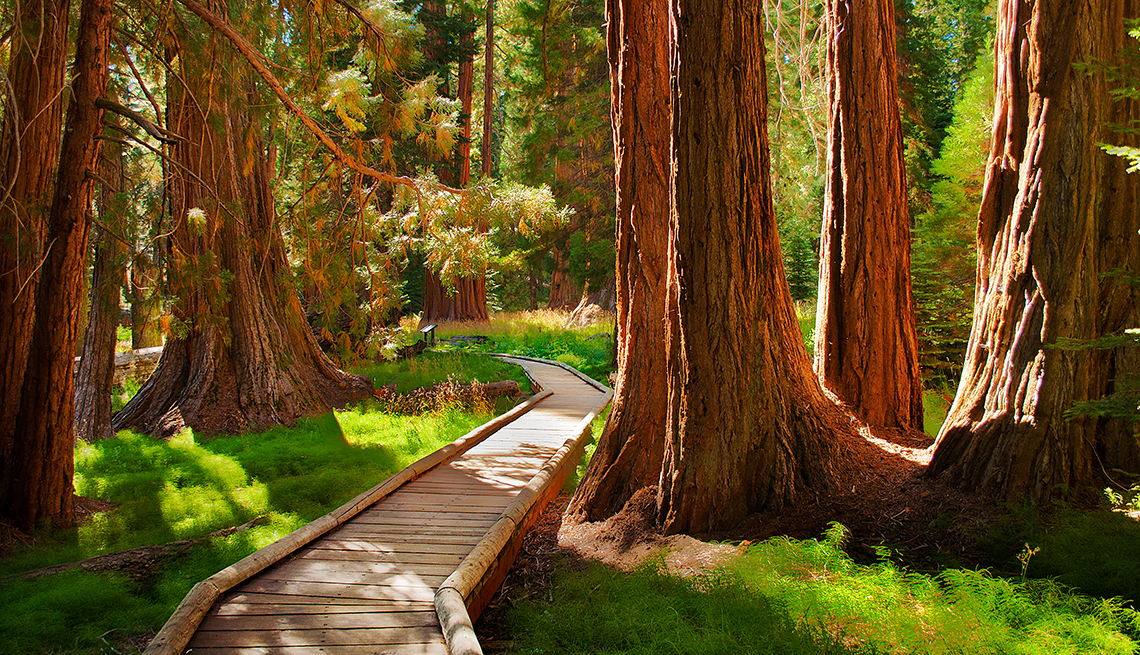Sequoia National Park Location-- Directions and Just How to Arrive
Sequoia National Park Location-- Directions and Just How to Arrive
Blog Article
Discover the Diverse Wild Animals Habitats Within Sequoia National Park
Sequoia National Park is an eco-friendly treasure, showcasing a remarkable variety of wild animals habitats that add to its abundant biodiversity. From the marvelous large sequoia woodlands to the diverse alpine meadows, each setting plays an important duty in sustaining various types, consisting of both usual and unusual animals. The interaction of these habitats not only cultivates an one-of-a-kind community yet also emphasizes the importance of preservation initiatives in maintaining this equilibrium. As we take a look at the details attributes of these habitats, fascinating concerns occur regarding the interconnectedness of life within this impressive landscape.
Overview of Sequoia National Forest
Sequoia National Park, nestled in the southern Sierra Nevada range of mountains of The golden state, is renowned for its spectacular landscapes and looming large sequoias. Developed in 1890, it is one of the earliest nationwide parks in the USA, devoted to protecting the natural elegance and environmental honesty of this special region. The park incorporates over 404,000 acres of diverse terrain, including majestic hills, deep canyons, and lavish fields.

Visitors can discover countless treking routes, varying from leisurely walks to challenging backcountry routes, each providing a distinct point of view of the park's majesty. With its combination of natural marvels and recreational chances, Sequoia National Park functions as a crucial shelter for both wildlife and those looking for to get in touch with nature.

Significant Wild Animals Habitats
The diverse landscapes of Sequoia National forest produce a mosaic of wildlife environments that sustain a rich variety of varieties. These environments vary from lush meadows and dense forests to rocky alpine zones and expansive river valleys, each providing unique eco-friendly specific niches.
One famous habitat is the huge sequoia woodland, defined by looming trees and a rich understory, which sustains various mammals, birds, and bugs. The mixed conifer forests, composed of varieties such as sugar ache and white fir, deal additional sanctuary and food resources for wild animals.
Meadows and grasslands play a crucial duty in the park's environments, acting as essential foraging grounds for herbivores like deer and small mammals. These open areas also attract varied bird species, specifically throughout movement seasons.
The park's greater altitudes feature alpine habitats, where problems are harsh and types are adapted to make it through in such extremes (Sequoia National Park hour). Below, one can discover unique vegetation and fauna that grow in rough, read review cold atmospheres
Vegetation and Fauna Variety
Within the diverse communities of Sequoia National Park, an exceptional range of plants and animals coexists, showcasing the detailed connections that sustain the park's biodiversity. The park is home to over 1,300 plant species, including the iconic large sequoias, which are among the largest and oldest trees on Earth. These impressive trees offer essential environment and food resources for numerous wild animals, cultivating a complicated internet of ecological communications.
Pet varieties in Sequoia National Park are equally varied, with habitats ranging from lowland foothills to high towering settings. Mammals such as black bears, mule deer, and bobcats prosper in this abundant ecological community, while avian varieties, including the impressive gold eagle and the elusive discovered owl, grace the skies. Amphibians and reptiles, like the Sierra amphibian and the western rattlesnake, also play essential functions in keeping eco-friendly equilibrium.
The park's unique combination of elevation slopes and microclimates sustains these diverse varieties, highlighting the value of protecting the all-natural environments that enable such an abundant tapestry of life to prosper. Comprehending this diversity is vital for appreciating the eco-friendly significance of Sequoia National forest.
Conservation Efforts in the Park
Preservation initiatives in Sequoia National Park play an essential function in protecting its one-of-a-kind ecosystems and the varied varieties that populate them. The park employs a complex method, consisting of habitat restoration, types checking, and invasive species management. These initiatives are vital for maintaining the delicate equilibrium of the park's communities, that include gigantic sequoias, meadows, and towering environments.
Energetic reconstruction projects focus on reestablishing native plant neighborhoods and fixing up degraded environments. Sequoia National Park hour. This is particularly crucial in locations affected by human activity or all-natural disruptions such as wildfires. The park's biologists conduct normal tracking of key types, consisting of the threatened Sierra Nevada bighorn lamb, to evaluate populace health and wellness and educate management methods
Invasive types position a significant threat to the park's biodiversity. Through these comprehensive campaigns, Sequoia National Park aims to safeguard its abundant natural heritage for future generations while guaranteeing the durability of its varied wildlife habitats.
Tips for Wildlife Observation
Observing wild animals in Sequoia National forest uses a distinct possibility to get in touch with nature and appreciate the varied varieties that prosper in this remarkable habitat. To maximize your wildlife monitoring experience, consider several necessary ideas.
First of all, plan your visit during early morning or late mid-day, as these times are most active for lots of animals. Bring binoculars to observe wildlife from a secure range without interrupting their natural habits. In addition, familiarize on your own with the types you really hope to see; comprehending their routines and environments can improve your opportunities of spotting them.
Patience is critical; wild animals monitoring frequently calls for waiting quietly and recognizing your surroundings. Remain on marked tracks to decrease your impact on the community and ensure your security. It is likewise advisable to preserve a considerate range from animals, staying clear of any type of actions that could stress them or disrupt their atmosphere.
Last but not least, think about signing up with directed scenic tours led by knowledgeable park rangers. These specialists can supply important understandings and increase your opportunities of experiencing wildlife in their all-natural settings. By complying with these pointers, you can enhance your experience and add to the preservation of Sequoia's wild animals.

Verdict
Sequoia National Park serves as an important haven for varied wildlife, showcasing a remarkable variety of environments that sustain various varieties. Eventually, the park's biodiversity underscores the value of preserving such all-natural landscapes for future generations.
Please visit one of our local supporters - Wholesale Liquidation Pallet 1riginal Nike Shoes
Report this page